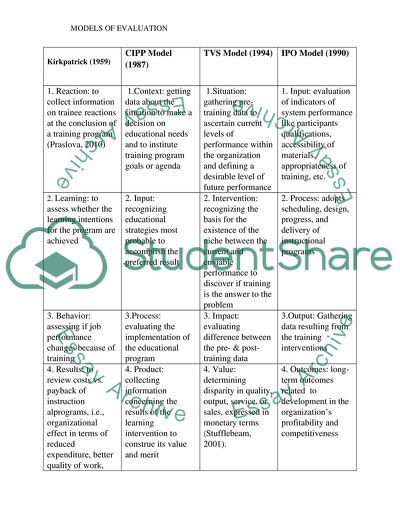Cite this document
(Evaluation Models in Organizations Report Example | Topics and Well Written Essays - 1500 words, n.d.)
Evaluation Models in Organizations Report Example | Topics and Well Written Essays - 1500 words. https://studentshare.org/education/1873969-compare-and-contrast-models-and-approach-to-evaluations
Evaluation Models in Organizations Report Example | Topics and Well Written Essays - 1500 words. https://studentshare.org/education/1873969-compare-and-contrast-models-and-approach-to-evaluations
(Evaluation Models in Organizations Report Example | Topics and Well Written Essays - 1500 Words)
Evaluation Models in Organizations Report Example | Topics and Well Written Essays - 1500 Words. https://studentshare.org/education/1873969-compare-and-contrast-models-and-approach-to-evaluations.
Evaluation Models in Organizations Report Example | Topics and Well Written Essays - 1500 Words. https://studentshare.org/education/1873969-compare-and-contrast-models-and-approach-to-evaluations.
“Evaluation Models in Organizations Report Example | Topics and Well Written Essays - 1500 Words”. https://studentshare.org/education/1873969-compare-and-contrast-models-and-approach-to-evaluations.


